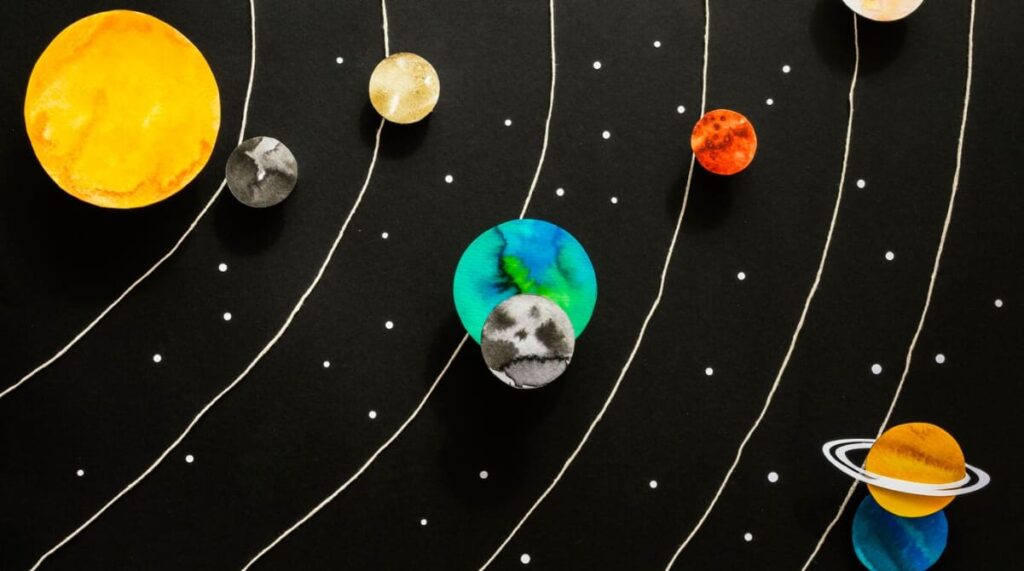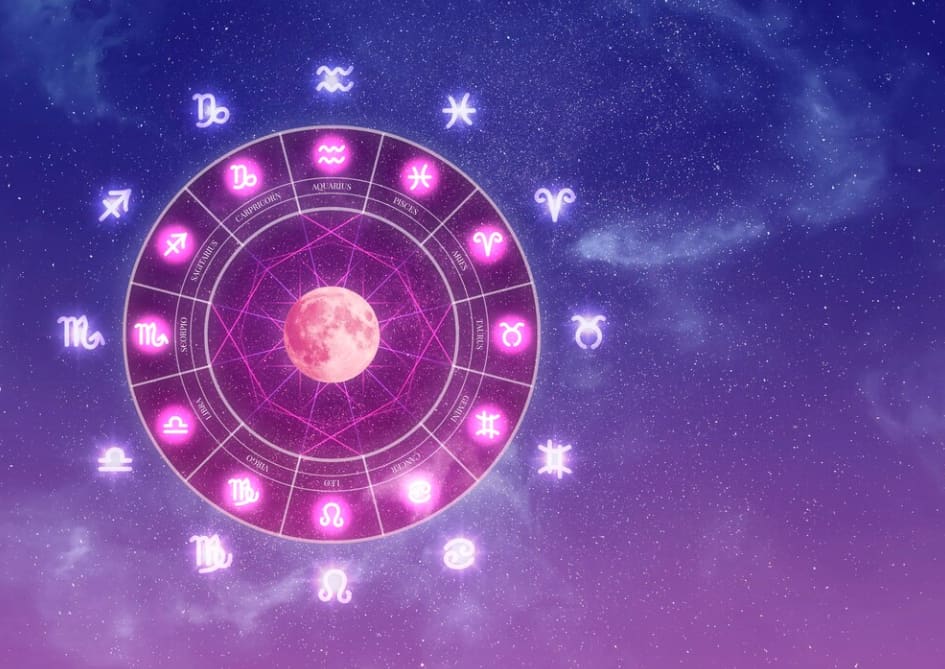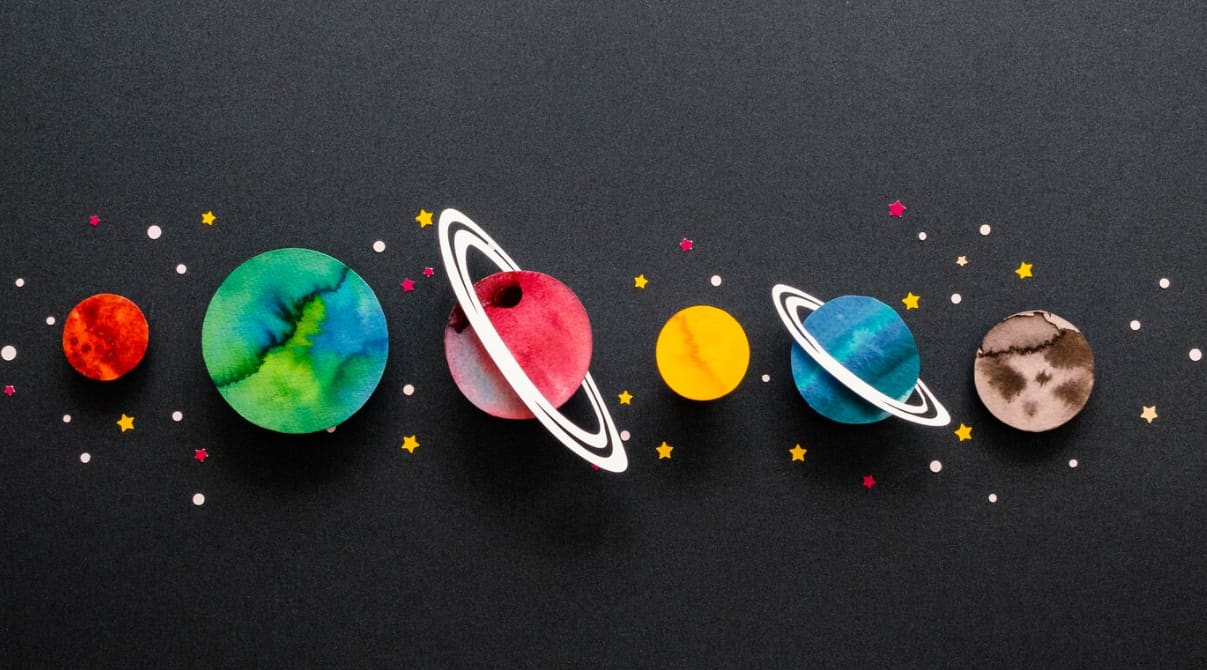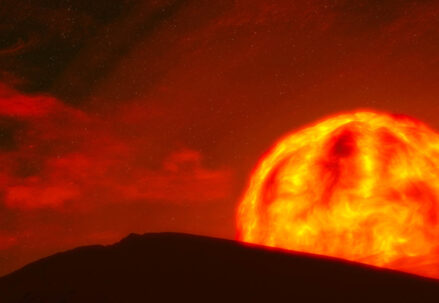An Overview of the Grand Celestial Alignment of June 2022
In a beautiful spectacle, the summer of 2022 promises an enchanting astronomical event. Following the mesmerizing planet parade of April, late June presents an opportunity to observe a rare alignment of all seven planets – a breath-taking sight offered by our very own solar system. Early risers are in for a treat as the alignment can be seen in the predawn sky, with five of the planets – Mercury, Venus, Mars, Jupiter, and Saturn – visible to the naked eye.
What’s remarkable about this event is that these five planets will appear in the sky in the same sequence as their distance from the Sun. This orderly celestial positioning hasn’t been seen for 18 years – the last occurrence was in December 2004.
While the Grand Celestial Alignment captivates our imaginations with its celestial wonders, it’s also worth delving into the historical and cultural reasons behind why there are seven days in a week.
Preparing for the Planetary Showcase

Before you embark on your celestial observation journey, it’s advised to download an astronomical space app. These handy tools can guide you to spot planets quickly, regardless of your geographical location.
Where to Find the Planets in the Sky
- Starting with Mercury, this small planet will be tough to spot in early June due to its proximity to the Sun. However, it will reach its greatest elongation west on June 17, making it more visible in the eastern predawn sky later in the month;
- Venus, often the sparkling ‘Morning Star,’ will dominate the early morning sky. It will be the brightest point of light in the east before it’s hidden by morning twilight;
- Further up, Mars and Jupiter will appear relatively close, having had an impressive conjunction on May 30. Jupiter will outshine Mars with its magnificent brightness, second only to Venus in the predawn sky;
- Saturn, the ringed planet, is a bit further away from Jupiter and will be shining high in the southern sky, almost as bright as Mars. As they march towards their oppositions, Jupiter and Saturn will progressively brighten;
- In the context of the solar system’s ice giants, Neptune will be nestled between Jupiter and Saturn, while Uranus will be closer to the horizon, between Venus and Mars. Due to their distances, these two planets can only be seen through a telescope or binoculars.
Key Dates to Observe
While the grand celestial alignment of June 2022 will be visible throughout the latter half of the month, the best date to mark in your calendars is June 24. On this day, the 25-day-old waning crescent Moon will join the cosmic parade, spanning the apparent angular gap between Mars and Venus.
As the lunar cycle progresses, the Moon will travel close to Saturn on June 19, Jupiter on June 22, Mars on June 23, Venus on June 26, and Mercury on June 27.
Lunar Occultation: An Extra Spectacle
Within this cosmic dance, an extra spectacle will occur as the Moon glides close to these five planets. On June 25, it will pass in front of Uranus, temporarily hiding the distant planet. However, this lunar occultation will only be visible through a telescope from certain parts of the world.
Observation Tips and Tricks
To enjoy the planetary alignment optimally, position yourself at your viewing spot approximately 30 minutes before sunrise. Ideally, you should have a clear view of the horizon towards the east. Don’t despair if you don’t spot Mercury on your first attempt – it is notoriously elusive in the Northern Hemisphere when nights are shorter.
Planetary alignments are of interest to astronomers and scientists alike. They provide an opportunity to study the celestial bodies in detail, their orbits and study any unusual activity. It also allows researchers to refine their models of how planets move within our solar system.
The Cultural Impact and Beliefs Around Celestial Alignments

Celestial alignments have fascinated cultures around the world for centuries as they’re often tied to various myths, beliefs, and astrological interpretations. Many people believe these alignments have powerful impacts on both individual lives and societal events. It’s interesting to explore the different perspectives on such alignments and the layers of meaning they carry for different communities.
Conclusion
The upcoming Grand Celestial Alignment of June 2022 provides an extraordinary opportunity for both astronomy enthusiasts and the casual observer. This rare event, where all seven planets of our solar system align in a spectacle of cosmic symmetry, offers an awe-inspiring sight that is not to be missed. So remember, prepare yourself with a quality space app and find the perfect viewing spot. Then, simply gaze towards the east before sunrise to witness this celestial dance unfold. From Mercury’s elusive appearance to the brilliant brightness of Venus, Mars, Jupiter, and Saturn, to the more distant ice giants of Neptune and Uranus, each planet contributes to this remarkable astronomical event. Lastly, don’t forget to note down key observing dates, especially June 24. Embrace the magic of our cosmos and enjoy the grand celestial alignment. It’s an experience that will truly be out of this world.





